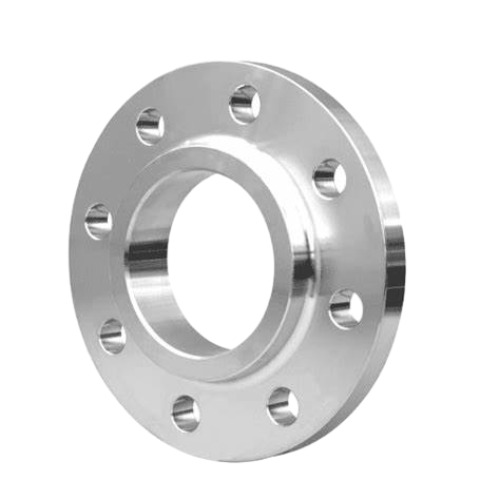-
Cangzhou Yulong Steel Co., Ltd.
-
Phone:
+86 13303177267 -
Email:
admin@ylsteelfittings.com
- English
- Arabic
- Italian
- Spanish
- Portuguese
- German
- kazakh
- Persian
- Greek
- French
- Russian
- Polish
- Thai
- Indonesian
- Vietnamese
- Zulu
- Korean
- Uzbek
- Hindi
- Serbian
- Malay
- Ukrainian
- Gujarati
- Haitian Creole
- hausa
- hawaiian
- Hebrew
- Miao
- Hungarian
- Icelandic
- igbo
- irish
- Japanese
- Javanese
- Kannada
- Khmer
- Rwandese
- Afrikaans
- Albanian
- Amharic
- Armenian
- Azerbaijani
- Basque
- Belarusian
- Bengali
- Bosnian
- Bulgarian
- Catalan
- Cebuano
- China
- China (Taiwan)
- Corsican
- Croatian
- Czech
- Danish
- Esperanto
- Estonian
- Finnish
- Frisian
- Galician
- Georgian
- Kurdish
- Kyrgyz
- Lao
- Latin
- Latvian
- Lithuanian
- Luxembourgish
- Macedonian
- Malgashi
- Malayalam
- Maltese
- Maori
- Marathi
- Mongolian
- Myanmar
- Nepali
- Norwegian
- Norwegian
- Occitan
- Pashto
- Dutch
- Punjabi
- Romanian
- Samoan
- Scottish Gaelic
- Sesotho
- Shona
- Sindhi
- Sinhala
- Slovak
- Slovenian
- Somali
- Sundanese
- Swahili
- Swedish
- Tagalog
- Tajik
- Tamil
- Tatar
- Telugu
- Turkish
- Turkmen
- Urdu
- Uighur
- Welsh
- Bantu
- Yiddish
- Yoruba

Jul . 20, 2024 02:01 Back to list
Exploring the Benefits and Applications of Investment Casting for Precision Component Manufacturing
Investment Casting Parts An Overview of the Process and Applications
Investment casting is a sophisticated manufacturing process used to create complex metal parts with high precision. Also known as the lost-wax casting process, it involves creating a wax pattern that is coated with a ceramic shell, which then becomes a mold once heated. This technique has gained popularity across various industries due to its ability to produce intricate designs and maintain dimensional accuracy.
The process begins with the creation of a wax model of the desired part. This wax model is an exact replica of the final product and is made using a high-quality wax material that can withstand the subsequent heating processes. Once the model is produced, it is coated with a fine ceramic material, typically by dipping it into a liquid slurry and then dusting it with fine sand. This coating results in a shell that captures the details of the original model.
Investment Casting Parts An Overview of the Process and Applications
Once the wax has been eliminated, the mold is subjected to high temperatures to further strengthen it. After this, molten metal is poured into the shell to create the final component. The metal can be aluminum, steel, stainless steel, or even exotic alloys depending on the application requirements. After the metal has cooled and solidified, the ceramic shell is broken away, revealing the finished part. This process allows for exceptional detail and a smooth surface finish on the components produced.
investment casting parts

One of the key advantages of investment casting is its ability to produce parts that require minimal machining, which saves both time and material costs. The precision and repeatable capabilities of the investment casting process make it ideal for manufacturing components that necessitate tight tolerances. As a result, investment casting parts are commonly used in industries such as aerospace, automotive, medical devices, and firearms.
In the aerospace industry, for instance, investment casting is employed to produce complex engine components, turbine blades, and housings that can withstand extreme conditions. The automotive sector utilizes this method to create precision-engineered components, including valve bodies and pump housings. Medical device manufacturing benefits from investment casting as well, producing parts that must meet rigorous hygiene and integrity standards.
Furthermore, investment casting is suitable for both small and large production runs, making it a versatile solution for manufacturers. Custom parts can be produced efficiently, allowing for rapid prototyping and adjustments based on client specifications. The ability to create intricate shapes also opens up design possibilities that might be impossible using traditional machining techniques.
In conclusion, investment casting plays a pivotal role in modern manufacturing due to its ability to produce high-quality, complex metal parts with great precision. From aerospace to medical applications, the process offers unmatched versatility and efficiency. As technology continues to advance, the investment casting process is likely to evolve, further expanding its capabilities and applications across various industries. Whether for prototyping or mass production, investment casting remains a vital technique for creating components that meet the stringent demands of today's manufacturing landscape.
Latest news
-
ANSI 150P SS304 SO FLANGE
NewsFeb.14,2025
-
ASTM A333GR6 STEEL PIPE
NewsJan.20,2025
-
ANSI B16.5 WELDING NECK FLANGE
NewsJan.15,2026
-
ANSI B16.5 SLIP-ON FLANGE
NewsApr.19,2024
-
SABS 1123 FLANGE
NewsJan.15,2025
-
DIN86044 PLATE FLANGE
NewsApr.19,2024
-
DIN2527 BLIND FLANGE
NewsApr.12,2024
-
JIS B2311 Butt-Welding Fittings LR/SR 45°/90° /180°Seamless/Weld
NewsApr.23,2024











